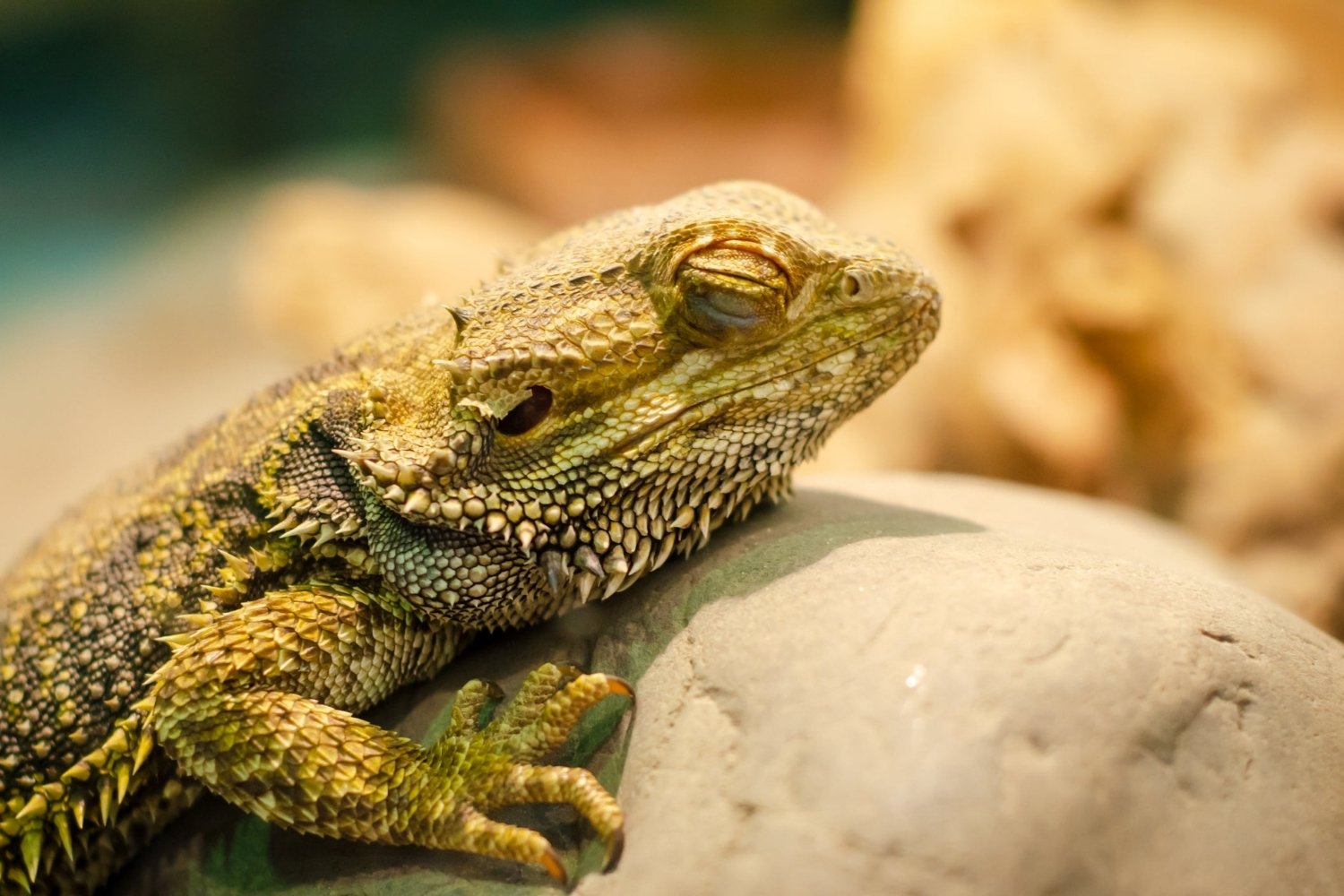
Brumation is a term that might sound unfamiliar to many, but it's a fascinating aspect of reptile life. Unlike hibernation, which is common in mammals, brumation occurs in reptiles like snakes, lizards, and turtles. What exactly is brumation? Simply put, it's a period of dormancy that reptiles undergo during cold weather. During this time, their metabolism slows down significantly, and they become less active. They might not eat for weeks or even months, relying on stored body fat to survive. This natural process helps them conserve energy when food is scarce and temperatures drop. Understanding brumation can help reptile owners provide better care for their cold-blooded pets.
Key Takeaways:
- Brumation is a reptile's way of slowing down in cold weather, conserving energy and surviving harsh conditions. It's not the same as hibernation and varies among different reptile species.
- Reptiles in brumation may appear lazy and eat less, but it's a natural process that helps them stay healthy and prepare for breeding. Understanding brumation is crucial for reptile owners to provide proper care.
What is Brumation?
Brumation is a fascinating process that many cold-blooded animals, particularly reptiles, undergo during colder months. Unlike hibernation, which is common in warm-blooded animals, brumation involves a state of dormancy where metabolic activities slow down significantly. Let's dive into some intriguing facts about this unique phenomenon.
-
Brumation vs. Hibernation: While both involve dormancy, brumation is specific to reptiles and amphibians, whereas hibernation occurs in mammals.
-
Temperature Trigger: Brumation is triggered by cooler temperatures and shorter daylight hours, signaling reptiles to slow their metabolism.
-
Not Sleep: Unlike hibernation, brumation doesn't mean continuous sleep. Reptiles may wake up occasionally to drink water.
How Brumation Affects Reptiles
Understanding how brumation impacts reptiles can help in better care and management of these fascinating creatures.
-
Reduced Activity: During brumation, reptiles become lethargic and less active, conserving energy.
-
Decreased Appetite: Many reptiles stop eating entirely during brumation, relying on stored body fat for energy.
-
Hydration Needs: Even in brumation, reptiles need water. They may wake up periodically to drink.
Species That Undergo Brumation
Not all reptiles brumate, but several species do. Here are some examples.
-
Turtles: Many turtle species, especially those in temperate climates, brumate during winter.
-
Snakes: Certain snake species, like garter snakes, enter brumation to survive cold weather.
-
Lizards: Bearded dragons and other lizards also undergo brumation, slowing their metabolism significantly.
Brumation in Captivity
Reptile owners need to understand brumation to provide proper care for their pets during this period.
-
Controlled Environment: In captivity, brumation can be managed by adjusting temperature and light cycles.
-
Health Check: Before brumation, reptiles should be checked for health issues, as sick reptiles may not survive the process.
-
Monitoring: Regular monitoring during brumation ensures that reptiles remain hydrated and healthy.
The Science Behind Brumation
Delving into the scientific aspects of brumation reveals why and how this process occurs.
-
Metabolic Rate: Brumation drastically reduces the metabolic rate, conserving energy during periods of low food availability.
-
Hormonal Changes: Hormones like melatonin play a role in regulating brumation, influenced by environmental cues.
-
Survival Strategy: Brumation is an evolutionary adaptation that allows reptiles to survive harsh conditions.
Brumation and Reproduction
Brumation can also impact the reproductive cycles of reptiles, influencing breeding behaviors.
-
Breeding Readiness: Some reptiles require a period of brumation to become reproductively active.
-
Mating Season: Post-brumation, many reptiles enter their mating season, taking advantage of favorable conditions.
-
Egg Development: In some species, brumation helps in the development of eggs, ensuring successful reproduction.
Myths and Misconceptions
There are several myths surrounding brumation. Let's clear up some common misconceptions.
-
Continuous Sleep: Unlike hibernation, brumation doesn't mean reptiles sleep continuously. They may wake up occasionally.
-
Starvation: Reptiles don't starve during brumation. They rely on stored body fat for energy.
-
Universal Behavior: Not all reptiles brumate. It depends on the species and environmental conditions.
Signs of Brumation
Recognizing the signs of brumation can help in providing proper care for reptiles during this period.
-
Lethargy: Reptiles become less active and may appear sluggish.
-
Reduced Feeding: A significant decrease in appetite is a common sign of brumation.
-
Seeking Shelter: Reptiles often seek out cooler, sheltered areas to brumate.
Ending Brumation
Brumation doesn't last forever. Here's what happens when it ends.
- Warming Temperatures: As temperatures rise and daylight increases, reptiles gradually become more active, ending their brumation period.
The Final Word on Brumation
Brumation is a fascinating survival strategy used by reptiles to endure cold weather. Unlike hibernation, brumation involves periods of dormancy with occasional activity. During this time, reptiles slow their metabolism, stop eating, and seek shelter. This process helps them conserve energy until temperatures rise again.
Understanding brumation can help reptile owners provide better care for their pets. Knowing when and how to adjust their environment ensures their health and well-being. Whether you're a reptile enthusiast or just curious about animal behavior, brumation offers a glimpse into the incredible adaptability of these creatures.
So next time you see a sluggish lizard or turtle during winter, remember they're not just being lazy—they're brumating. This natural process is essential for their survival, showcasing the remarkable ways animals adapt to their environments.
Frequently Asked Questions
Was this page helpful?
Our commitment to delivering trustworthy and engaging content is at the heart of what we do. Each fact on our site is contributed by real users like you, bringing a wealth of diverse insights and information. To ensure the highest standards of accuracy and reliability, our dedicated editors meticulously review each submission. This process guarantees that the facts we share are not only fascinating but also credible. Trust in our commitment to quality and authenticity as you explore and learn with us.
